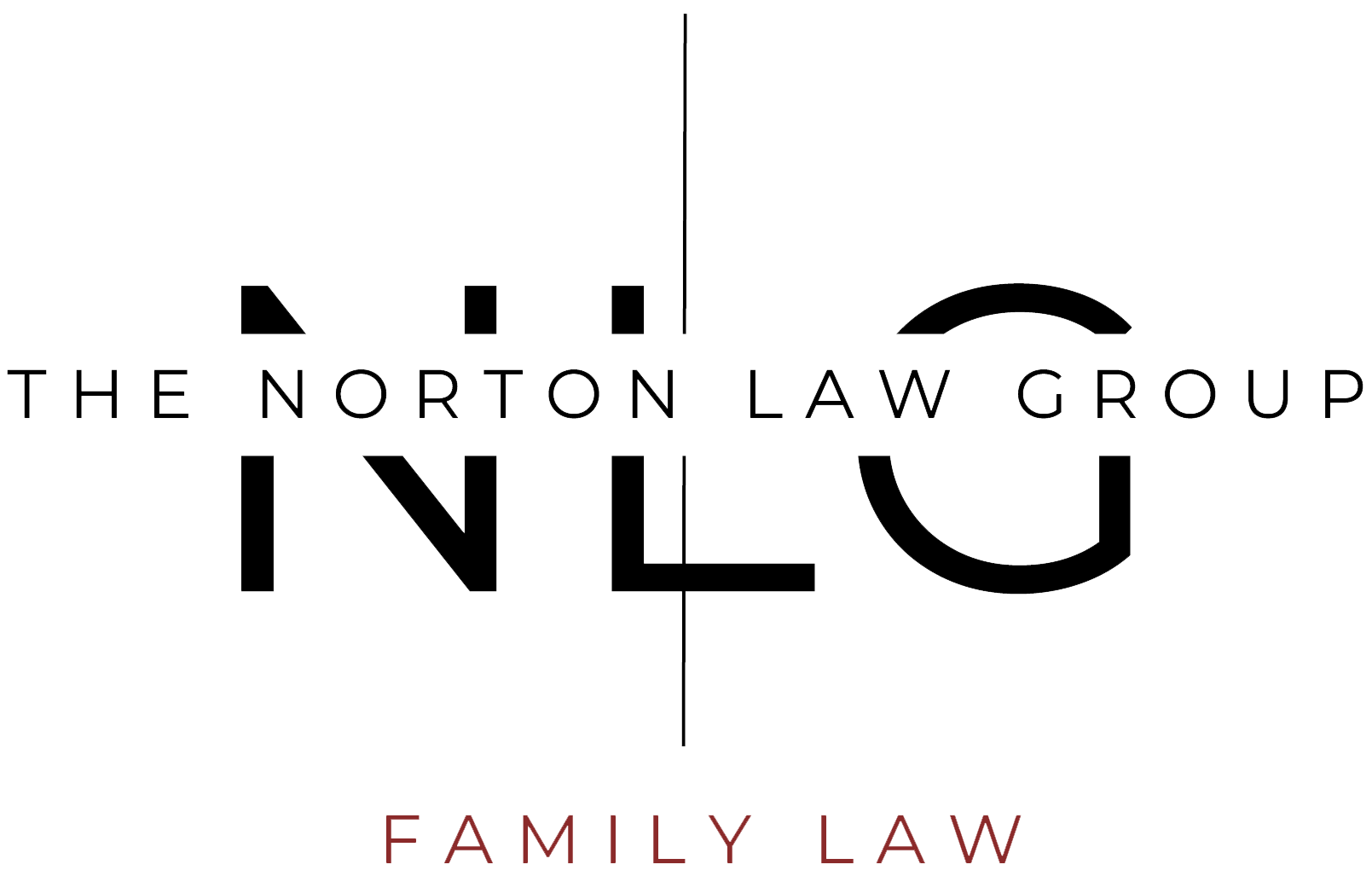Major change in how to divide assets , property and interests after separation or divorce or absent separation!
The Judgment of the of High Court in Stanford v Stanford, saw a complete re- think of how to approach division of assets after separation. In a rare examination of the Family Law Act 1975 (“the Act”) and particularly s 79, the High Court stated its views regarding parties who are “involuntarily” separated, but more so of interest is that the High Court decided that a s 79 order can be made even if parties are not separated if it is just and equitable to do so.
The High Court also revisited the proper approach to determining an application under s 79- property applications. The High Court majority emphasised that it is important to read and apply the Act. In particular, the High Court warned against conflating the requirements of s 79(2) and s 79(4) and highlighted that on the correct interpretation of the Act, the court must first consider whether it is just and equitable to make the order, rather than consider whether the order is just and equitable as a “fourth step” in the s 79 process.
So , what is the proper approach to s 79- dividing assets after separation , divorce or even when the parties are not separated?
The High Court majority gave guidance as to the proper approach to be taken to an application under s 79. Curiously it did not expressly endorse the “four step” approach which has been followed by the Family Law Courts since about the 2003 decision of Hickey and Hickey and Attorney General for the Commonwealth. The fourth step had been said to the final step in the four step approach whereby the Court would sit back to see if the first three steps produced a just and equitable result , and if not make a further readjustment. The High Court majority appeared to reject the notion that s 79(2) was an identifiable fourth step saying that whether it is “just and equitable” to make an order under s 79(2) arises before the court looks at s 79(4), rather than after looking at s 79(4).
Family Lawyers must take care in how to approach property matters in light of the Stanford case – particularly as Stanford had a peculiar set of facts in that it was clear what “the order” would be , but in most cases the court will not be able to identify “the order” unless the court first looks at the rest of s 79 including the matters in s 79(4) i.e steps 1-3 as has existed since the Hickey case . Section 79(2) refers to “the order” not “an order” or “any order”. So it would seem that until ‘the order’ is identified then how can the Court determine of the Order is just and equitable ?
Section 79(2) provides:
“The court shall not make an order under this section unless it is satisfied that, in all the circumstances, it is just and equitable to make the order”.
The issue is now whether the “just and equitable ” – so called fourth step is to be viewed as a fourth and final step , a preliminary step or indeed as I would argue a step which permeates through the entire process.
The decision in Stanford is suggestive, but not conclusive, of the view that the proper approach to a s 79 application is:
- Look at the parties’ existing legal and equitable interests, being their interests rather than the “property of the parties” as had been the approach previously taken by the Family Law Courts.
- Decide under s 79(2) whether it is just and equitable to make the order altering those interests, noting that if the parties are already separated the s 79(2) requirement will be “readily satisfied” as the parties no longer have mutual use of property, but there is no presumption that all parties are entitled to s 79 orders.
- Examine the matters in s 79(4) including the factors in s 75(2).
The Stanford approach to s 79 (and s 90SM) will cause some period of uncertainty while the Family Law Courts and legal practitioners struggle on how to put the Stanford principles into practice- both in how the law is to apply to the facts of each case but also whether there will need to be a new regime of procedural amendments. Time will tell ! What is clear, is that family law is about to undergo a new evolution of change.
If you have a family law issue Contact Us at The Norton Law Group – Lawyers and Barristers – to have a Family Lawyers Sydney Accredited Specialists in Family Law Divorce Lawyers & Specialist Family Lawyers look after your interests
The Norton Law Group is a long established and leading family law firm with specialist family lawyers in Sydney.
We offer first free family law conferences and tailored pathways including for both negotiation and court proceedings.
Useful Links
Our Locations
North Sydney
Sydney CBD Office
Leichhardt Office
Connect With Us
Sign Up to Our Newsletter
Signup Newsletter
We will get back to you as soon as possible
Please try again later
© 2025 All Rights Reserved | The Norton Law Group |
Privacy Policy
|
Digital Marketing by
Whitehat Agency







